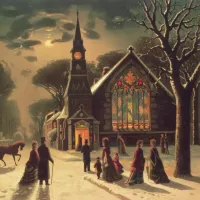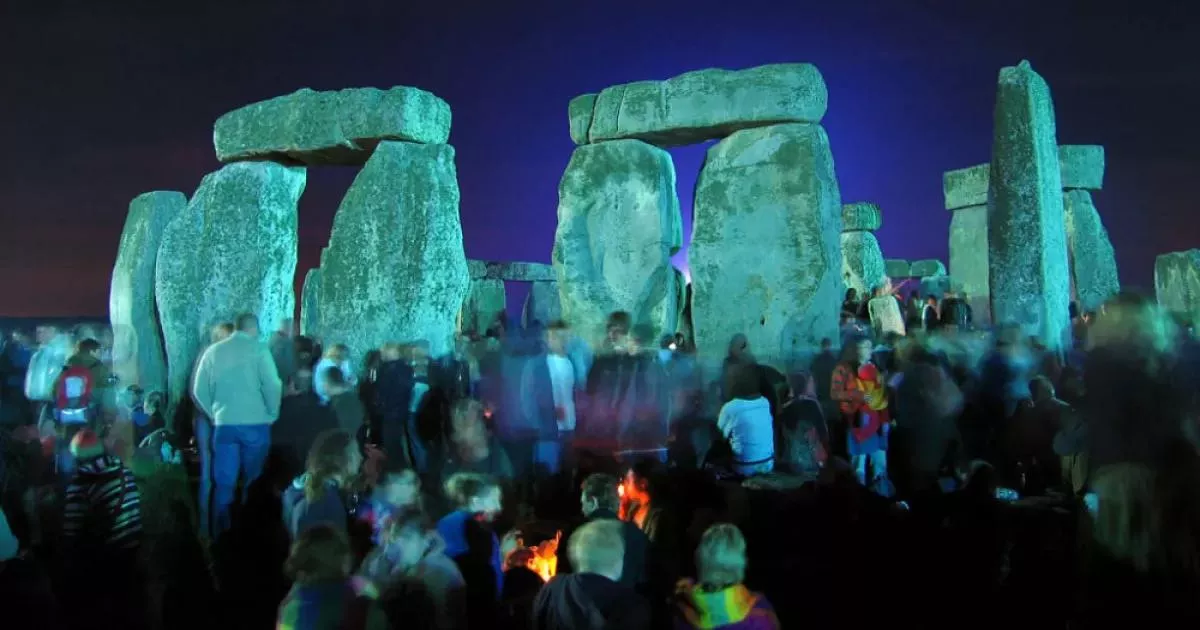A community is a social unit defined by shared characteristics, such as location, norms, culture, religion, values, customs, or identity. This shared basis can exist within a geographical area or in virtual spaces. Strong relationships extending beyond family also contribute to a sense of community, influencing identity and social roles. While often small, the term "community" can also encompass large-group affiliations like national, international, or virtual communities, indicating the broad scope of the concept.
1986: McMillan and Chavis identify four elements of "sense of community"
In 1986, McMillan and Chavis identified the four key elements that constitute a "sense of community".
1987: Scott Peck argues that sense of community can be consciously built
In 1987, Scott Peck, in "The Different Drum: Community-Making and Peace", posited that the sense of community, often accidental during crises, can be intentionally cultivated through deliberate design and the application of specific rules across four stages.
1991: Peck remarks on difficulty in maintaining a sense of community
In 1991, Peck noted that while initiating a sense of community is relatively straightforward, sustaining it poses a significant challenge in the modern world.
2001: Pew Internet survey finds virtual groups focused on obtaining information
In 2001, a Pew Internet and The American Life Project survey found that individuals involved in entertainment, professional, and sports-related virtual groups primarily focused their online activities on acquiring information.
Mentioned in this timeline

Books are a means of storing information as text or...
Trending
Ro Khanna is an American politician currently serving as the U S Representative for California's th congressional district since A...
3 months ago Rigetti Computing Stock Soars as Billionaires Invest in Quantum Future.
19 days ago Hall High School in West Hartford went into secure mode; no weapon found.
27 days ago Alibaba's Shares Surge Fueled by AI and Cloud Growth, Beating Revenue Estimates

Christmas Eve is the day or evening preceding Christmas Day the celebration of Jesus Christ's birth Observed globally Christmas Eve...

Festivus is a secular holiday celebrated on December rd as an alternative to the commercialism of Christmas Created by author...
Popular

Candace Owens is an American conservative political commentator and author...

Tucker Carlson is an American conservative political commentator known for...

XXXTentacion born Jahseh Dwayne Ricardo Onfroy was a controversial yet...

Ben Shapiro is a prominent American conservative political commentator media...

William Franklin Graham III commonly known as Franklin Graham is...

Bill Gates an American businessman and philanthropist revolutionized personal computing...

